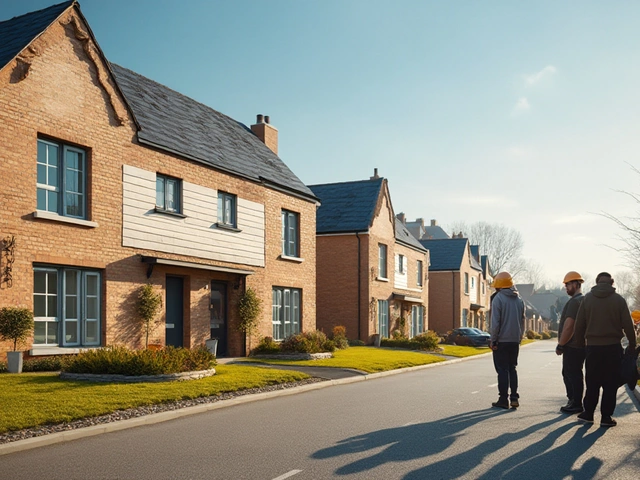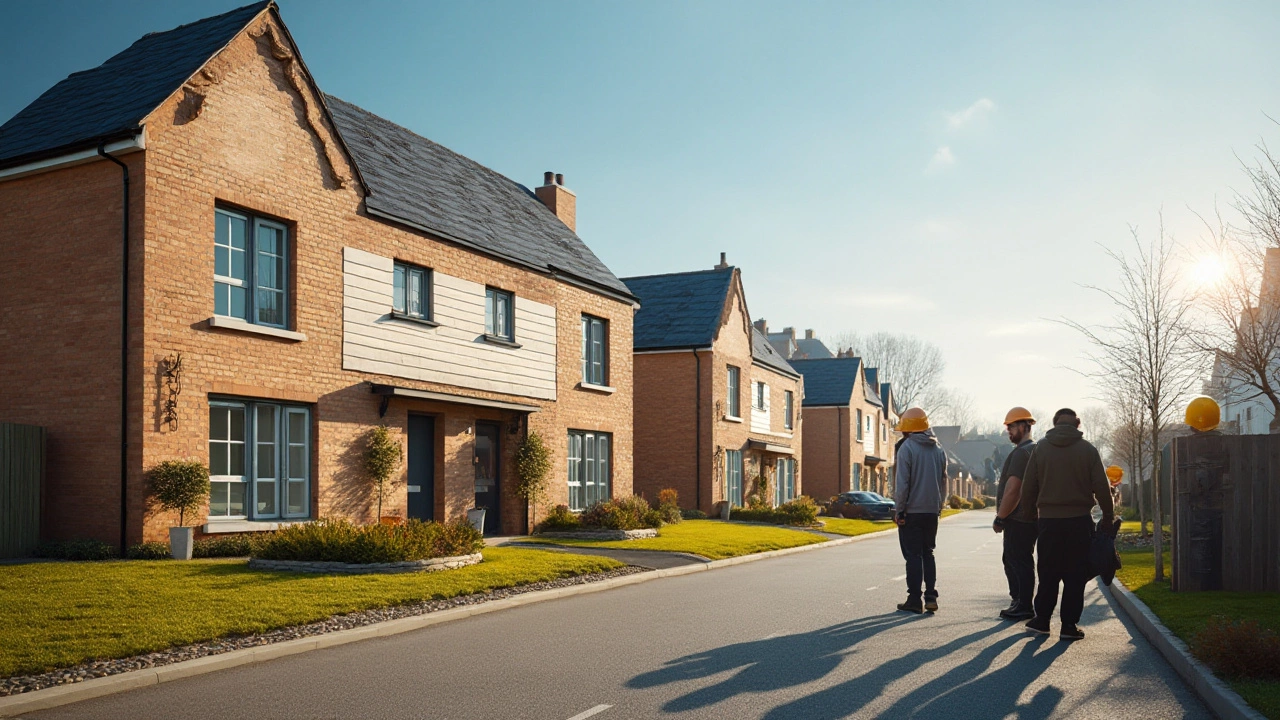
Purchasing a new home is an exciting milestone, yet even freshly built properties can come with their own set of challenges. Among these challenges, construction defects are not uncommon and can range from minor aesthetic issues to more significant structural problems.
Being informed about what to look out for can make a world of difference in ensuring that your dream home truly lives up to your expectations. In this piece, we delve into various types of defects you might encounter in a new build and provide practical tips for identifying and addressing them effectively.
Understanding Defects
In the world of new builds, a defect is essentially any part of the construction that doesn’t meet the standards set out in the building contract or industry norms. This might involve a variety of elements, from structural issues to cosmetic or functional imperfections. What makes defects particularly significant is the impact they have on the safety, durability, and aesthetics of a property. More importantly, defects can affect the long-term value of a home, making it vital for homeowners to be vigilant and informed.
Defects can originate from a multitude of factors. Perhaps the most common culprit is poor workmanship—where the attention to detail falls short, leaving aspects unfinished or imperfect. This can often be attributed to unskilled labor or rushed timelines, where corners are cut to meet deadlines. Materials play a critical role as well; using substandard or incorrect materials can lead to problems down the line, such as leaks or cracks. Another factor to consider is design flaws, which may not be immediately apparent but can cause significant structural issues in the future.
Delving into defects, they are usually categorized into two types: patent and latent defects. Patent defects are those visible to the naked eye and typically identified during inspections, such as uneven plastering or misaligned cabinetry. Latent defects, on the other hand, are hidden problems that may take time to manifest, like slowly spreading cracks in the foundation. Identifying latent defects is particularly challenging since they may require specific tests or long-term monitoring to emerge, often catching homeowners by surprise long after the initial build has been completed.
Construction defects can cause financial strain and stress for homeowners, particularly when they concern critical aspects of the home, such as the structure or mechanical systems. It is crucial to address these issues promptly, as delaying repairs might exacerbate the damage or lead to costly fixes. According to a report from the National Home Builders Association, the most common defects reported in new homes include water intrusion, cracks in walls, and issues with flooring—all of which highlight the importance of detailed inspections.
Many homeowners might wonder how to navigate the discovery of defects and what actions they can take. First and foremost, conducting a thorough inspection by a professional as soon as the building is complete is important. This professional inspection can uncover obvious defects and suggest further investigations for potential latent issues. Additionally, understanding the warranty terms provided by the builder is crucial, as most warranties cover certain defects for specific periods post-construction. Utilizing legal advice when necessary can also be a powerful ally in ensuring the builder is held accountable for remedying any defects discovered.
Recognizing the presence of defects in a newly built home may feel overwhelming. However, understanding their nature and origin can empower homeowners to take proactive steps in ensuring their home remains safe, livable, and up to the expected standards of quality. By learning the nuances of construction defects, homeowners can better protect their investments and enjoy long-lasting value from their new builds.
"The bitterness of poor quality remains long after the sweetness of low price is forgotten." – Benjamin Franklin
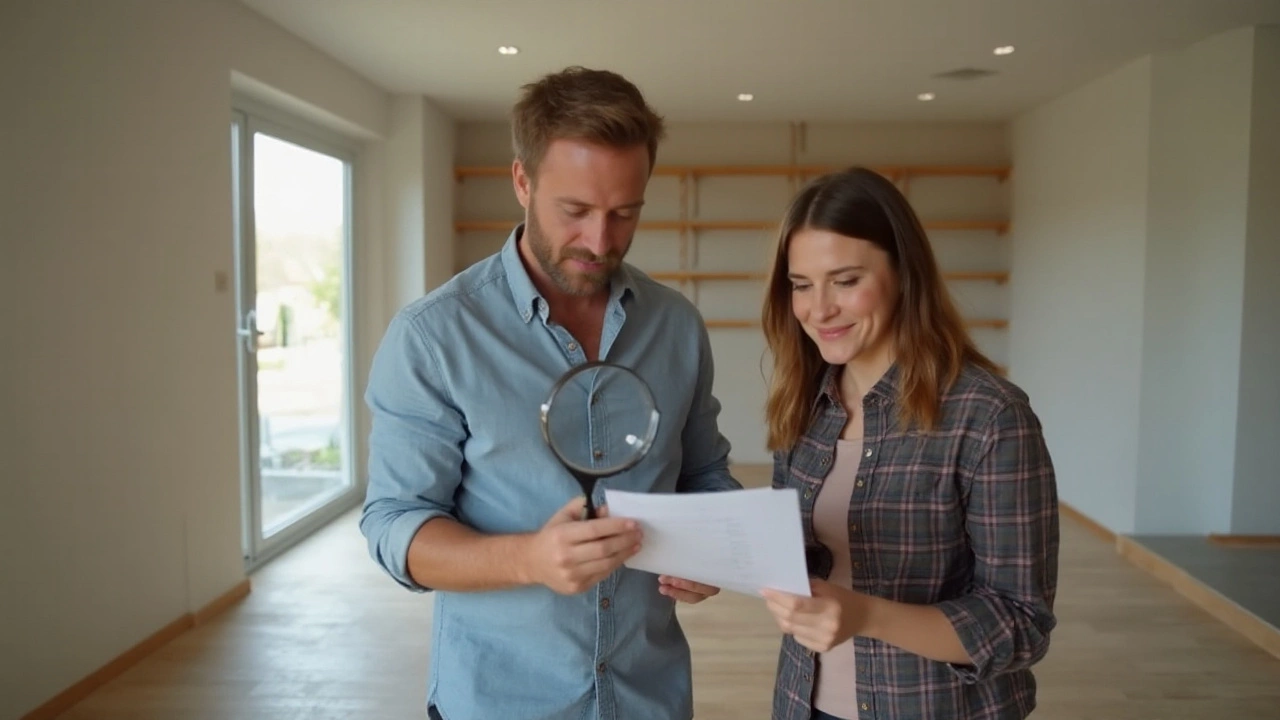
Common Types of Defects
When it comes to new builds, there’s a wide array of defects that potential homeowners might encounter. Identifying these early can save both money and stress down the line. One of the most prevalent issues is improper installation of drywall. You might notice cracks, nail pops, or uneven seams where panels meet. These might seem trivial at first glance, but they could be indicative of deeper structural issues if moisture or shifting is part of the equation. As a house settles and experiences different humidity levels, these seemingly minor imperfections can become more prominent, emphasizing the need for thorough inspection.
Another significant defect often found in new builds involves plumbing systems. Leaks or poor water pressure can be more than just an annoyance. They could suggest that pipes were not installed correctly, or there might be underlying issues with municipal connections.
"Effective plumbing is crucial for any home," says Jane McMillan, a seasoned home inspector. "Issues like these, if overlooked, can lead to substantial water damage and costly repairs."Homeowners should be particularly vigilant about checking around fittings, seals, and areas where pipes are joined, as these are common points of failure.
Electrical problems also make the list of common defects. Sometimes these issues stem from errors in wiring or improperly installed circuit breakers. These aren’t just inconveniences; they pose real safety hazards. Look for signs like flickering lights, limited outlets, and inconsistent power supply. Proper testing and inspection during the build process can help prevent such hazards from entering your home space. Again, a certified electrician should always perform a comprehensive examination before moving forward with installations.
Sometimes the environment in which a new build is constructed can also play a role in defects. For example, the settling of the building on unstable ground can lead to foundation issues. As a house ages, cracks might appear in walls and ceilings as the foundation shifts. In regions with expansive soil types, this is more common and requires specialized construction techniques to mitigate. Builders must consider the local soil and environment thoroughly during initial planning.
Lastly, roofing defects are another headache for new homeowners. Missing shingles, improper ventilation, or inadequate flashing might not immediately catch the eye, but they're crucial to your home's safety and energy efficiency. High-quality roof installations can significantly prolong the longevity of a house. A look into weather conditions at the time of installation and choosing appropriate materials based on climate can prevent many roofing-related disadvantages.
| Type of Defect | Common Issues | Consequences |
|---|---|---|
| Drywall Installation | Cracks, Nail Pops | Structural Concerns |
| Plumbing | Leaks, Poor Pressure | Water Damage |
| Electrical Systems | Improper Wiring | Safety Hazards |
| Foundation | Cracks, Settling | Structural Instability |
| Roofing | Missing Shingles | Weather Damage |
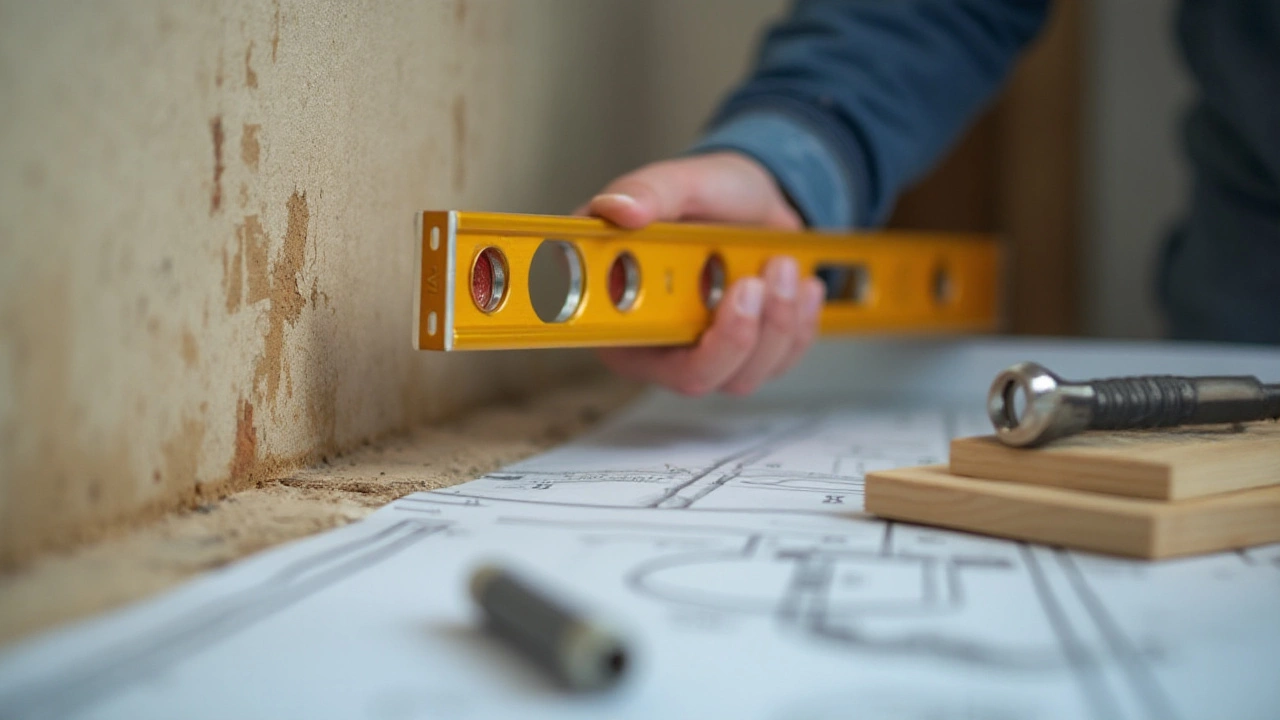
Identifying Defects Early
Discovering defects in a newly built home at the earliest stage can save homeowners a great deal of time, stress, and money. The task might seem daunting, but with a bit of insight and diligence, issues can be revealed before they escalate. The first step involves understanding that even new builds are not immune to imperfections. These can stem from rushed timelines, inexperienced builders, or simple oversight. Homebuyers should remain vigilant and proactive, making use of both visual inspections and professional services to catch anything amiss.
Visual inspections are perhaps the most accessible method. As you walk through the property, pay careful attention to areas that commonly hide defects. Walls and ceilings should be smooth, free of cracks, and properly finished. Notice if doors and windows open and close seamlessly without creaking or sticking. It's also important to ensure that all electrical outlets function perfectly and check plumbing fixtures for leaks or slow drainage.
Bringing in a professional inspector can add a layer of confidence and expertise. These professionals carry a wealth of experience and can often spot what the untrained eye might miss. According to a report from the New Home Quality Control, more than 50% of new homes have defects that aren't spotted by the average buyer. A skilled inspector will check the integrity of the building structure, the quality of materials used, and verify that all installed systems comply with local building codes.
Renowned building expert Mike Holmes once said, "You never want a house to be a money pit. Spend the time and money on a good inspector to save you trouble down the line." This underscores the importance of finding issues early before they become bigger problems.
A detailed inspection typically follows a specific procedure. Breaking the process down into parts can help keep track of findings. Start with the exterior of the home, assessing the roof, gutters, and brickwork. Any signs of water damage or poor drainage are red flags. Then, move to the interior where walls, floors, and ceilings get scrutinized. A key area not to overlook is the basement or crawlspace, often a breeding ground for moisture-related issues. Finally, all mechanical systems—HVAC, plumbing, and electrical—need thorough evaluation.
Additionally, technology offers new tools such as thermal imaging cameras that can detect problems not visible to the human eye, like insulation gaps or water leaks behind walls. This proactive monitoring, paired with a detailed checklist, can reinforce the identification process. When caught early, even minor defects are less likely to develop into costly repairs or impact the safety and livability of your new build.
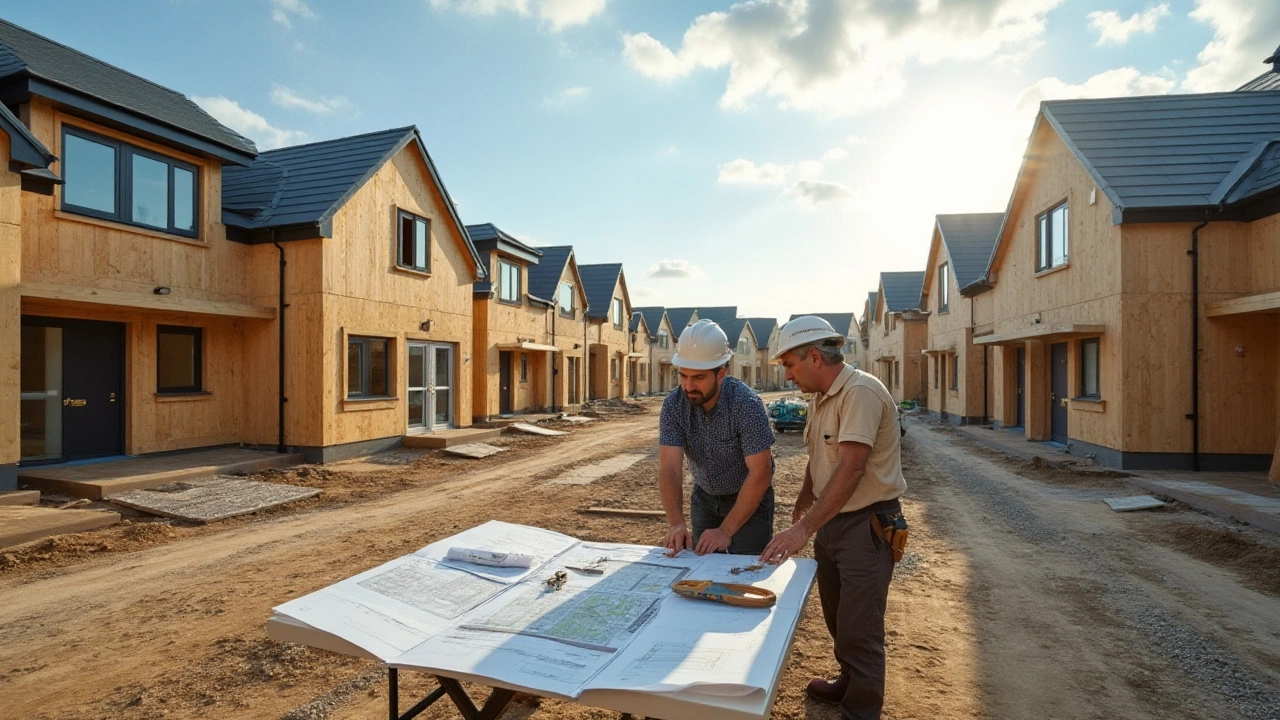
Tips for New Homeowners
The journey into homeownership, particularly with a new build, is often filled with excitement and a sense of accomplishment. However, stepping into those doors also brings forth the responsibility of ensuring that your investment meets the promised standards. Understanding basic principles can help you navigate this new landscape effectively. Firstly, even before you set foot in your new home, it is wise to prepare a checklist to keep track of potential issues you might spot during your initial walkthrough. This proactive approach not only helps in identifying visible construction defects but also aids in creating a dialogue with your builder.
Engaging a professional home inspector to provide an impartial view is another smart move. These experts are trained to see what most of us might overlook, from improper sealing around windows to plumbing intricacies. It's worth noting that a well-known study by the National Association of Home Builders found that nearly 30% of all new homeowners use professional inspections to mitigate future issues. Their keen eye can surface defects related to structural integrity, electrical systems, or insulation effectiveness that could otherwise be missed.
Once you move into your new build, don’t rush in settling everything while glossing over minor details. Take your time to notice how things settle or shift as the construction adjusts to its new environment. Walls and foundations especially can show signs of minor cracks, which could indicate deeper issues. It's not about being hypercritical, but rather observant. Make it a point to take notes or even photographs to monitor any changes over time. This habit is particularly useful when your home is under warranty, which can cover some defects if reported timely.
Joining a community forum can be quite beneficial, allowing you to share experiences and get advice from other new homeowners on managing common home inspection challenges. An oft-quoted piece of advice comes from an unexpected corner, “An investment in knowledge always pays the best interest.” While Benjamin Franklin wasn’t directly referencing homeownership, the sentiment holds true. Educate yourself about the terms of your home warranty and the process of reporting and resolving defects. Knowing that you can advocate for yourself effectively puts you in a strong position to maintain the quality of your new home.
Quality assurance is not just about finding and fixing faults; it's about setting a standard for the future. Keep a detailed record of any repairs or adjustments made, as this documentation will not only serve you but also anyone who may consider purchasing your house down the line. Such records speak to the care you've put into maintaining the property's value and structural integrity. Cultivating this practice early on fosters a perspective that values both the aesthetic and foundational strength of your home.
To conclude, as a new homeowner, your proactive steps today towards understanding and addressing potential issues can save significant time and money while enhancing your living experience. Embrace your role with curiosity and diligence, and you'll find joy admixed with responsibility, ensuring that your new build becomes not just a house but a true home.



